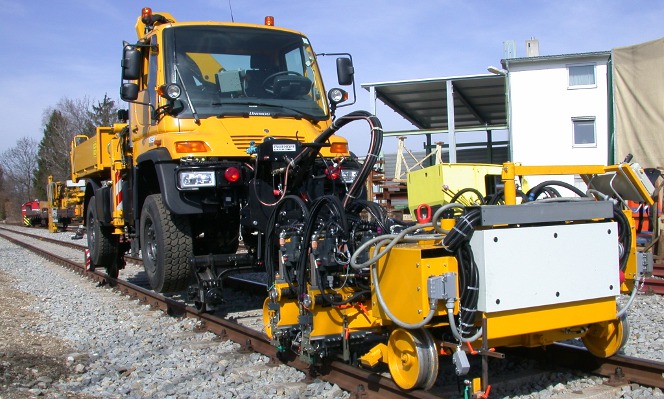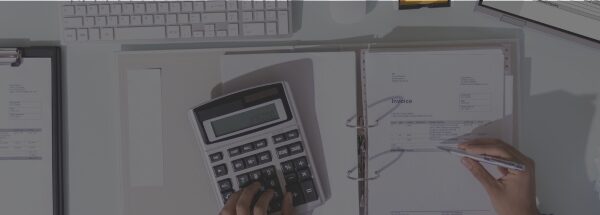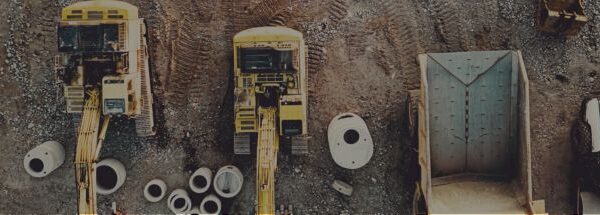
Measure total ROI month-to-month and year-by-year for every asset in your rail company
When it comes to hire equipment, particularly large expensive equipment such as road rail vehicles (RRVs), understanding your exact ROI is important. Looking at ROI of an individual asset or group of assets by model, manufacturer or functionality is crucial to be able to understand your asset base. How can you decide when to sell an RRV or buy more of a particular model if you don’t have a clear and accurate picture of when that ROI equation shifts from positive to negative?
Wynne RentalResult was built from the ground up to ensure that revenue and costs could be captured at the asset level, month-by-month, year-by-year, location-by-location so that you can get the clearest, most accurate picture of your ROI on any individual machine at any minute. Rather than separating asset financial management on spreadsheets and simply reporting from summarised data from the general ledger, we keep every value at the asset level allowing you to build incredibly detailed reports from within the asset register at any point. Revenues (hire, sale/disposal, and damage), costs (depreciation, maintenance, repairs, etc.) are all tracked at a detailed level.
When it comes to revenue, you can differentiate just where your revenue is coming from for your ROI calculations. For example, an RRV that goes out with a specialised attachment may earn more than a standard Road Rail Vehicle. Do you want to see that additional revenue against the specialist attachment (as an asset) or do you want to see it against the RRV? After all the attachment doesn’t always earn any money without the RRV. In Wynne’s Rail plant hire software you can see it both ways. We have an option for you to show revenue from attachment (i.e.; the piling hammer, auger or bucket ) re-charged to the asset that they were sent out with. You don’t lose any report-ability against the attachment itself, but it can add another dimension to your RRV to show your added value rentals. Attachments that have no individual revenue stream (for example if you treat your Buckets as free of charge items) won’t have any effect on the RRV ROI.
The key to delivering ROI information is not just capturing data but allowing you to define how information flows from areas such as maintenance to the asset register. For example, if you are carrying out a repair to the Rail wheels on your RRV, you may be very happy for that just to be shown as a parts and labour cost against the RRV. You might want to be subtler and differentiate between a Rail wheel repair as a result of misuse versus preventative maintenance against the same repair carried out to the manufacturer’s specifications. We can configure the system to show those different maintenance instances.
To take it a step further though, let’s say it’s not a repair, you actually need to replace a significant part or multiple parts in full. Perhaps you’d rather see that replacement as a refurbishment cost recapitalised against the asset or potentially even treat the new part(s) as components of the machine with their own deprecation life. In Wynne’s software, the operational activity can be configured to drive the cost data to the right place in your asset register (and to split it out in the GL if you wish). The fitter doesn’t have to know anything about the financial activities being triggered in the background, they just carry out the service activity that has been assigned to them.
If you have to make each of these decisions manually, track them in spreadsheets and then try and reconcile them to your GL, the chances are that traceability is compromised as your fleet gets larger. In many ERP systems, there is a disconnect between operational activity (servicing and maintenance, repairs etc.) and the data being maintained in the asset register. Wynne’s hire software is different, essentially your normal day to day activities start automatically building a detailed ROI at both revenue and cost level against every asset you own without you having to do any additional work in your ERP system. Complete ROI is visible on the software at any point.




